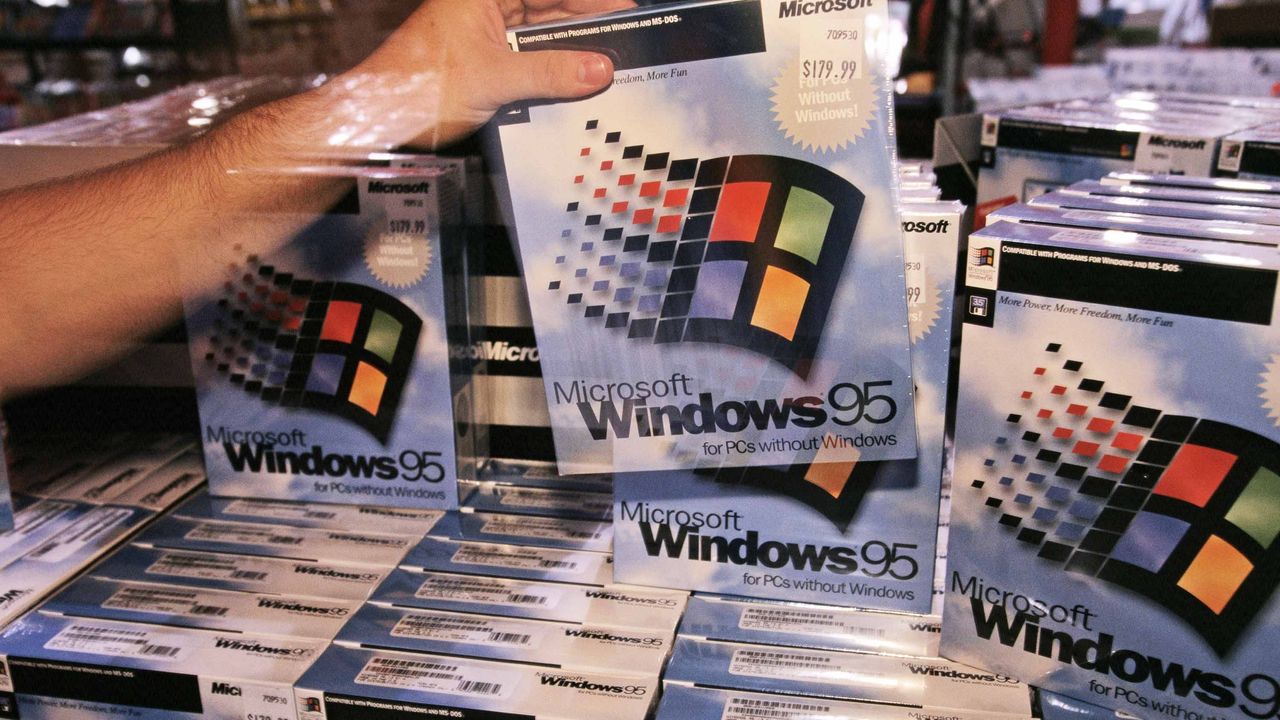
On August 24, 2025, tech enthusiasts commemorated three decades since Windows 95's debut—ushering in the now-ubiquitous Start menu. Yet, dissatisfaction looms over Windows 11, as users grapple with its convoluted interface, echoing concerns that date back to its predecessor.
Earlier this year, veteran Microsoft engineer Raymond Chen revealed that although Windows 95 supported graphics, the company opted for a lackluster user interface dominated by dull text. He noted that the operating system's graphical capabilities were primitive and constrained by time limitations.
More recently, the veteran Microsoft engineer shared an interesting tidbit that revealed why the Windows 95 setup didn't install a miniature version of Windows 95, allowing it to be written as a 32-bit program in his ongoing The Old New Thing series.
As you may know, the Windows 95 setup was actually three programs running under three different operating systems. The first program was an MS-DOS program, which was used if you installed Windows 95 from MS-DOS. Consequently, it installed a miniature version of Windows 3.1 for the next part.
Chen further explained:
"The second part was a 16-bit Windows program, which was the starting point if you installed Windows 95 from Windows 3.1 or Windows 95. This second part did most of the work. The third part was a 32-bit Windows program, which ran inside the newly-installed Windows 95 to carry out some final steps that must be done inside the installed operating system."
Some users were keen on finding out whether the MS-DOS and Windows 3.1 versions could install a miniature Windows 95 instead of Windows 3.1. The premise behind this reasoning was that the process would be inclined toward a 32-bit operating system, allowing it to leverage Windows 95's advanced features.
However, the engineer indicated this route would have been problematic, both from a user experience and engineering perspective. On the one hand, the engineering team would have been forced to develop a trimmed-down version of Windows 95 to make the process plausible.
As such, it made sense to use Windows 3.1 since a fully debugged miniature version of the OS already existed. Chen further revealed that the development of Windows 95 was already behind schedule.
Microsoft would've had a long day at the office making a miniature version of Windows 95, considering that it was still in the development phase. Chen indicated that this would have been an enormous ask, consistently getting pushback. “Can you find a quicker and less expensive way of doing this?” the engineer added.
While developing a miniature version of Windows 95 was plausible, the user experience would still present its fair share of challenges, including the probability of not fitting into a single floppy disk. This made Windows 3.1 more compelling and the preferred alternative. Interestingly, some daring developers have been able to reduce Windows 95's size to 7.5 MB.
One catch is that we have to write two versions of the code that copies the miniature Windows 95 to the system, depending on the starting point. That is a little bit of code duplication, and it’s a little more complex than the file copying code that Windows 95 actually uses for copying the miniature Windows 3.1 since there is a floppy swap involved.
Microsoft veteran engineer, Raymond Chen
There was also the reboot issue, which would require the user to go through the daunting task twice. The first one to boot into the miniature version of Windows 95 would allow you to access the full-fledged Windows 95 Microsoft operating system.
"The preferred workflow would be to get the user quickly to the point where they are answering questions about how they want Windows to be installed, and then go off and do the work and then finish in Windows 95 with a single reboot," concluded Chen.
Three decades after Windows 95 reshaped personal computing, its legacy continues to echo through every Start menu click and every modern OS debate. Raymond Chen’s behind-the-scenes insights remind us that even the most iconic software is built on compromise, constraint, and clever engineering.
As users wrestle with Windows 11’s evolving interface, the nostalgia for simpler workflows and more intuitive design isn’t just sentimental—it’s a call to remember what made Windows 95 revolutionary in the first place: clarity, accessibility, and a user-first mindset. Whether Microsoft can recapture that spirit in its future updates remains to be seen.

Follow Windows Central on Google News to keep our latest news, insights, and features at the top of your feeds!







